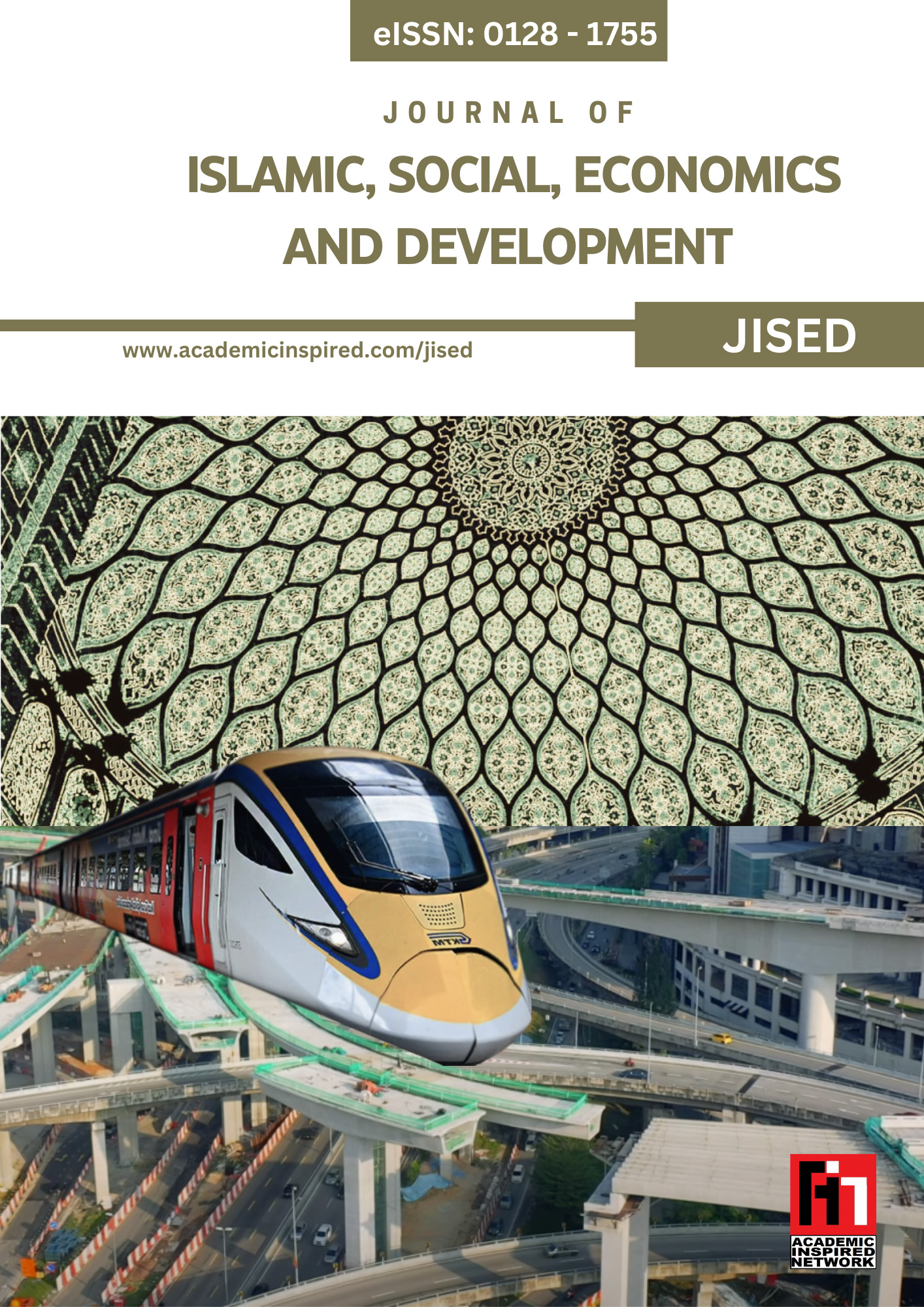The affordability crisis in Malaysian housing: A quantitative analysis of contributing factors
Keywords:
Gross Domestics Product, Mortgage Interest Rates, Population, MalaysiaAbstract
One of the most pressing societal challenges is the provision of affordable housing for the general public. The goal of this article is to identify the elements that determine housing affordability levels in Malaysia, analyze the mechanisms that drive these factors, and estimate their quantitative impact on the housing affordability index. The following elements have a direct impact on housing affordability: Gross Domestic Product, mortgage interest rates, and population. The quantitative assessment of the cumulative impact of these factors on the level of housing affordability is based on developing a regression time series model that describes how the housing affordability index in Malaysia is influenced by a variety of factors and evaluating its reliability. Time series data from 1990 to 2023 , and a regression model was used to determine the relationship between the selected variables. Using empirical data analysis, the results reveal that gross domestic product and population play a significant role in influencing housing affordability. In contrast, interest rates do not exhibit a statistically significant relationship with affordability outcomes. These findings highlight the importance of economic growth and demographic trends in shaping housing access, offering valuable insights for policymakers and urban planners aiming to improve housing affordability.













